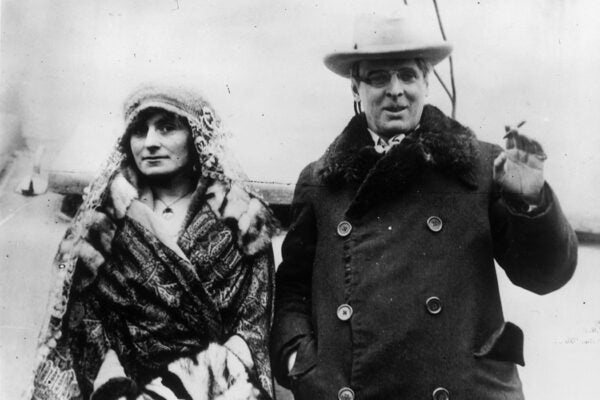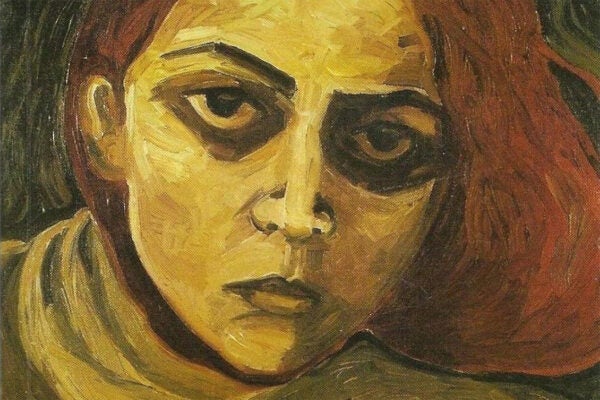Quilts have a long history within the world of practical crafts and folk art; that is, they’ve developed both as bed coverings made from multiple pieces of fabric and also as visual demonstrations of the design and stitching skills of individual makers. Particular patterns can also represent an extended cultural identity, as different groups in the United States have brought their own craftways with them from Europe. Historically, quilts could be part of a young woman’s dowry and often represented significant personal value. And in recent decades, quilts have jumped the line dividing folk art and traditional craft from the world of “high art,” where they’re celebrated for their abstract form and arresting styles.
Sociologist Karin Elizabeth Peterson looks at the transition quilts have made from craft to museum object in the United States. As she explains, “Quilts were rarely commodities before the twentieth century.” In fact, they fell from fashion by the Second World War and seemed like outdated relics. In the industrial age, they represented an older way of living.
But it was this very conception that enabled them to play a new cultural role, Peterson argues.
“Quilts were culturally neglected and also readily available for the taking should someone find a use for them,” Peterson writes, almost like an empty signifier waiting to be given a new or additional meaning.
And someone did. Art collectors Jonathan Holstein and Gloria van der Hoof saw in Amish quilts echoes of modern art, and they started buying them. As they traveled around antique stores in New York, New Jersey, and Pennsylvania, they often found them for very low prices, partly because the quilts they chose weren’t those traditionally valued by quilters.
“The highest-valued quilts in the antique world and among quilters were those that were appliquéd and had intricate, curvilinear patterns and very fine work,” Peterson writes. But “Holstein and van der Hoof were interested in the quilts that even their makers deemed second-best. Their criteria for selection were foreign to traditional collectors of antiques and to those who had made them.”
In selecting quilts, they looked for those that struck them in terms of contemporary abstract art.
“The Amish quilts they collected had broad fields of a few deep and contrasting colors,” Peterson writes. “All of these…looked very much like the effects abstract painters and their pop art successors were producing on canvas.”
Holstein and van der Hoof put on an exhibition in 1971 at the Whitney Museum of American Art in New York, which usually displays modern art, in order to show quilts to a new audience and present them as works of abstract art.
Abstract Design in American Quilts was a success (The New York Times noted that the exhibition was of “exceptionally high quality”). But the approach wasn’t always appreciated by quilters themselves. The quilts Holstein and van der Hoof had chosen to elevate were not those considered the best by quilters themselves. As Holstein later wrote, they “hated some of the quilts, which represented everything the traditional rules of the craft told them to avoid: sloppy work and assembly, bizarre color combinations, nasty materials.”
Nonetheless the appearance of quilts in art museums, rather than just folk collections, elevated quilting as a form of expression. This coincided with a revival in quilting as a hobby—quilter’s guilds grew across the country (and more sewing machines specially for quilting were marketed).
Weekly Newsletter
As Peterson argues, simply hanging them in a museum changed people’s perception. Quilts could be arresting pieces of contemporary art, not just old fashioned things from your grandmother’s attic.
“Museum objects acquire an aura of sacredness from the stark, blank space that separates them from mundane objects,” she writes.
“The contemporary meaning of quilts has been transformed in part by [Holstein and van der Hoof’s] use of the modern eye, but also by other kinds of cultural arguments, including those of social historians and feminists,” Peterson explains. “Today, quilts have a multivocal existence: they can be read through the lens of abstraction, but also through the lens of women’s history and American social history more generally.”







